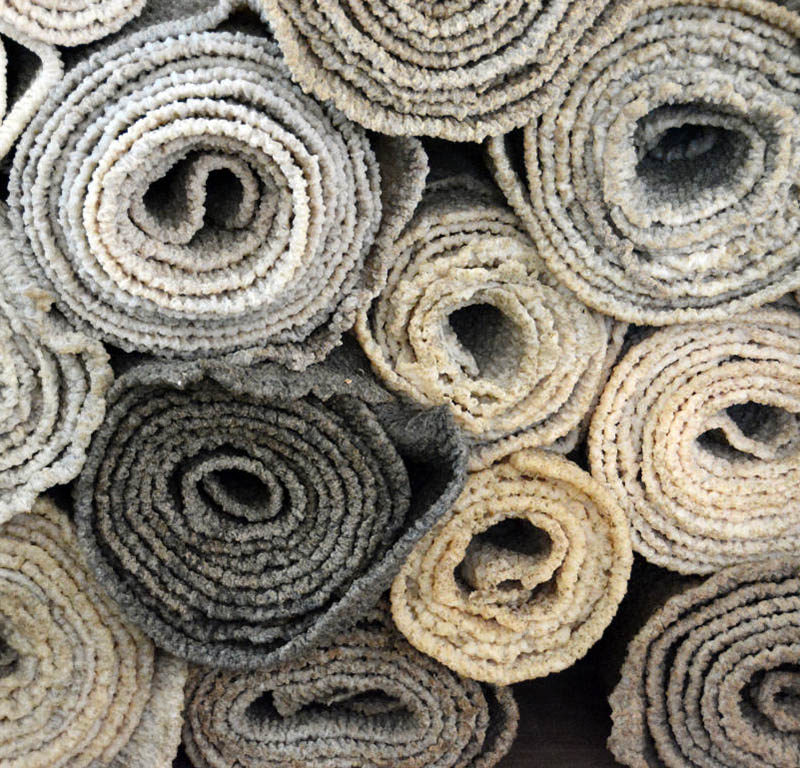The rubber tree (hevea brasiliensis) originally comes from the Barzilian Amazon rainforest. The name as well: the indigenous languages of the region call the plant “ca-hu-chu” what can be translated as “crying wood”. The tree reaches 20 to 40m in hight and is the only economically relevant source of natural rubber.
- 80% of the natural rubber produced worldwide comes from Asia (Thailand, Indonesia, Vietnam, China, India, Malaysia)
- 90% of the cultivation area is located in these countries
- 80-85% from small scale production (farmers themselves or plantations with employed rubber tappers)
- 70-75% of all natural rubber is used in the automobile and tyre industry (China, EU, USA, India, Japan)
- 30% of rubber used in the automobile and tyre industry is natural rubber
| synthetic rubber | natural rubber |
|---|---|
| cheaper | more durable, therefore irreplacable e.g. for airplane tyres and condoms |
| made from petroleum | renewable resource |
| production emits CO2 | rubber trees absorb CO2, even a lot compared to other reforestation trees |
| chemical residues (e.g. plasticisers) | latex allergy |
